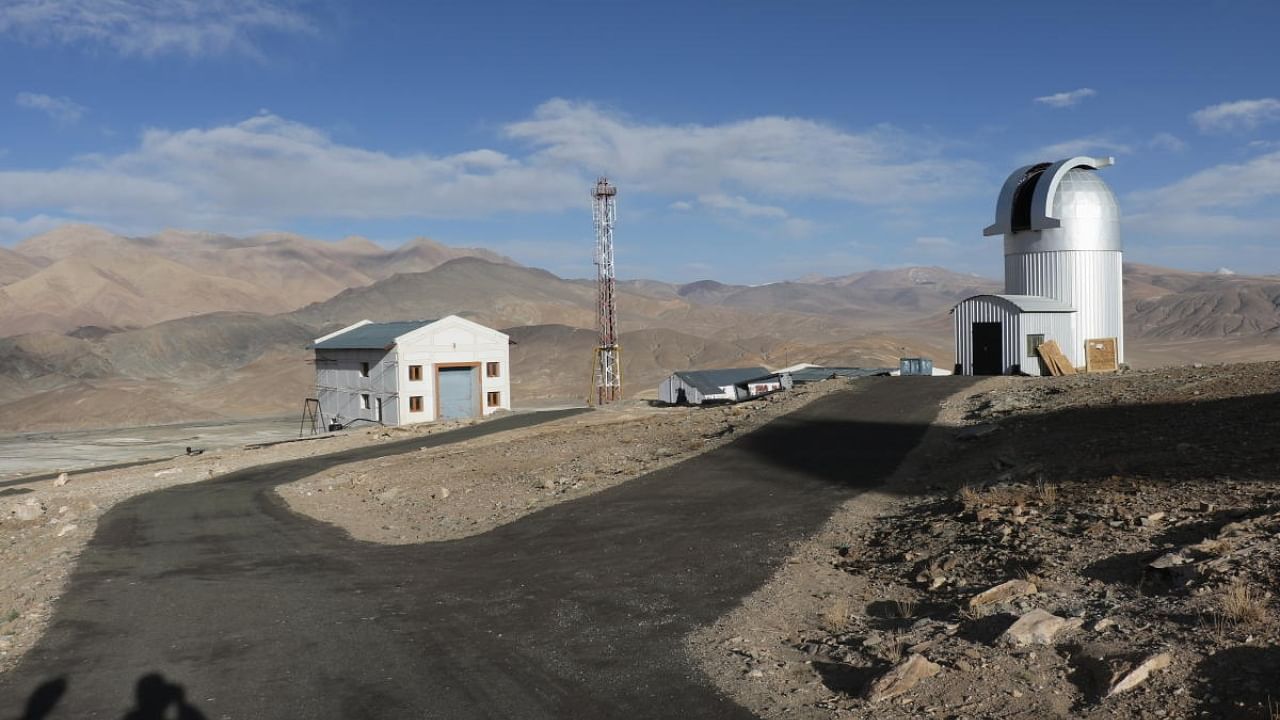
India’s first “Dark Sky Reserve” is now set to be a reality with the Ladakh administration notifying six hamlets of Hanle within the Changthang Wildlife Sanctuary as the first-of-its-kind astronomy reserve that would provide a novel experience to star-gazers.
Being developed by the Indian Institute of Astrophysics, Bengaluru, the unique site would ensure a light-pollution free night sky where stars and planets are more clearly visible than anywhere else in the entire south Asia.
A cluster of six villages -- Bhok, Shado, Punguk, Khuldo, Naga and Tibetan Refugee habitations -- spread over 1,073 sq km have been notified as Hanle Dark Sky Reserve, according to an official notification issued by the Union Territory of Ladakh on December 1.
All the villages are located within a radius of 22 km around IIA’s Indian Astronomical Observatory. As the region has one of the darkest skies in India, providing astonishingly beautiful views of the night sky, villagers in these hamlets were trained to stop light escaping from their households to prevent light-pollution.
“There are nearly 300 families in the hamlets. We have given them curtains, motion sensors and yellow LED lights for household work. Blue and white LED lights are a strict no and lamp shades are being given to reduce light spillover for telescopes. Motion sensors allow them to walk in dark corridors as only the area around a footstep will be illuminated,” Dorje Angchuk, an IIA engineer who is closely associated with the project, told DH.
For skywatchers and amateur astronomers, IIA has purchased 18 eight-inch telescopes and trained 24 villagers who would work as astronomy ambassadors for tourists and sky-gazers. With good road connectivity with Leh, 270 km away and several homestays, the Hanle astronomy reserve will be advertised as a tourism destination for enjoying the dark skies. Even before such promotions, more than 13,000 tourists visited Hanle this year.
For professional astronomers, the site has four functioning telescopes operated by the IIA, IIT Bombay, Bhabha Atomic Research Centre and Tata Institute of Fundamental Research. The Indian Space Research Organisation plans two more at the same site, which is one of the best locations in India for astronomy.
“There are other places in India to establish more such dark reserves. But it requires more effort on the part of the government and the community living there has to own it,” said S Annapurni, IIA director.
